In various kinds of gold ores, the Carlin-type gold ore is a kind of finely disseminated gold deposit mainly produced in carbonate rocks. This gold ore relatively low, the metallogenic scale is large, and the gold particle size is fine. The main gangue minerals include quartz, calcite, barite, kaolinite, etc., which are difficult to recycle gold mines. The harmful elements such as arsenic and mercury may cause environmental pollution if not handled properly. Next, let's take a look at the processing difficulties of Carlin-type gold mines and gold mineral processing technology.
Use the table of contents below to navigate through the guide:
01Processing Difficulties of Carlin-type Gold Mines
The ore body of Carlin-type gold is relatively complex, with high arsenic, carbon, and mercury content in the ore, and the grain size of the gold ore embedded is relatively fine. The main difficulties are mainly as follows:
(1) Lower gold particle size increases the difficulty of mineral grinding;
(2) The carbon in the ore may adsorb the gold dissolved in the precious liquid, making it difficult to separate;
(3) Toxic minerals such as arsenic and mercury in the ore hinder the recovery of gold.
It can be seen from the above points that it is difficult to achieve the ideal separation effect using simple gold ore processing technology. Compared with ordinary sulfide gold ore, the processing of Carlin-type gold is more complicated.
02Processing Technology of Carlin-type Gold Ore
According to the properties and characteristics of ore, after crushing and grinding, the processing of Carlin-type gold ore mainly includes flotation, biological oxidation or roasting, cyanide leaching and so on. In the following part, we will learn more about details of the processing technology of carbon-based gold ore, arsenic-containing gold ore, silicon-sulfide gold ore and silicon-containing refractory gold ore.
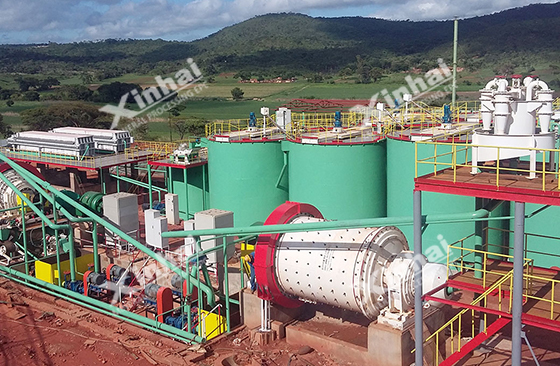
1. The Processing Technology of Carbon-bearing Gold Ore
The organic carbon in the carbon-bearing ores comes from the marine algae in the early days. The organic carbon is converted into kerogen, which is subjected to hydrothermal action during the gold mineralization period to form a lively tar pitch. Compared with the carbon from coconut shell used in the carbon slurry method and the carbon leaching method, the carbon in the mineral has higher adsorption of the dissolved gold, which causes the gold minerals in the ore to not normally remain in the cyanide precious liquid. This phenomenon is usually known as"robbing gold".
To avoid the phenomenon of "robbing gold", this kind of gold ore processing first needs to be neutralized by oxidation (such as roasting, oxidation, biological oxidation), and then the cyanide leaching method is used to recover gold to obtain a better effect of gold processing.
Besides, because carbon minerals have good flotability, terpineol or kerosene can also be used as collectors for flotation separation of carbon minerals, which can greatly reduce the carbon content in the ore.

2. The Processing Technology of Arsenic-bearing Gold Ore
The arsenic in this type of gold ore may react with the surface of the pyrite to form arsenopyrite, which makes it unable to interact with the collector, so it is difficult to recover the gold in it. Because the gold particle size in Carlin-type gold mines is very fine, and the carrier mineral of gold is mainly pyrite which coexists closely with arsenopyrite, flotation separation is more difficult.
For the beneficiation of arsenic-containing gold ore, it is first necessary to perform aeration before flotation to promote ore oxidation to remove arsenic minerals on the surface of arsenopyrite. Meanwhile, a strong collector reagent, such as BK903G, BK302A or MA, is used to improve the flotation effect of fine-grained gold and gold carrier mineral s. Moreover, activators such as copper sulfate and lead nitrate can also be appropriately added to improve the flotability of the gold carrier mineral.
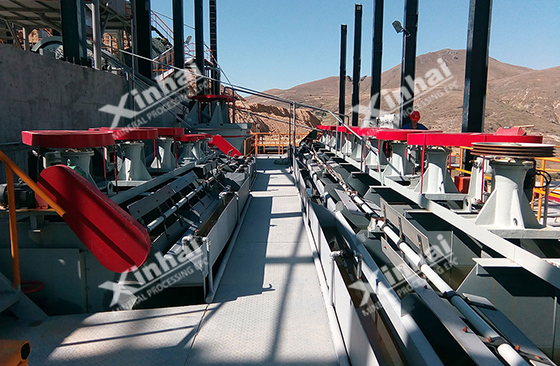
3. The Processing Technology of Silicon-sulfide Gold Ore
Since both pyrite and silicon can encase gold particles, this can lead to hard-to-select characteristics. The cyanide may react with the sulfide first rather than with the gold, which affects the gold recovery. So this gold ore can be recovered by high-pressure leaching or roasting.

4. The Processing Technology of Silicon-containing Refractory Gold Ore
When gold particles are wrapped in silicon with poor water permeability, it is difficult to directly recover gold particles. This phenomenon is called "silicon lock". Compared with carbon-containing and sulfide-containing ores, the processing technology of this type of gold ore is relatively simple. In the grinding stage, the recovery of gold can be improved by appropriately increasing the grinding fineness, and then recover gold minerals by flotation or leaching.
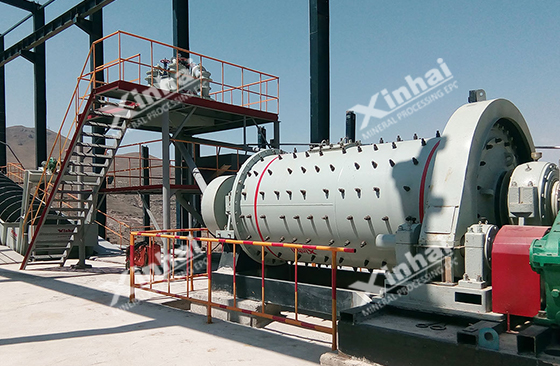
The above are the difficulties and processing technology of Carlin-type gold ore. The composition of gold minerals varies from region to region, so the processing technology is also different. Before choosing the processing technology of Carlin-type gold ore, it is necessary to carry out the mineral processing test. Determine the gold ore processing technological process based on the test report, and obtain the ideal recovery index of the gold ore with scientific and reasonable methods

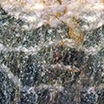
 marketing@ytxinhai.com
marketing@ytxinhai.com  0086 13810327080
0086 13810327080 





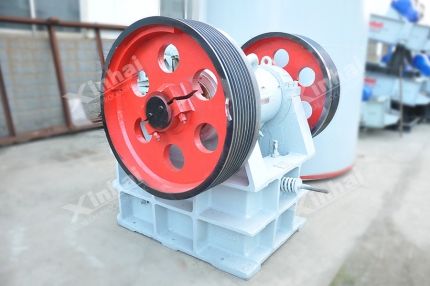

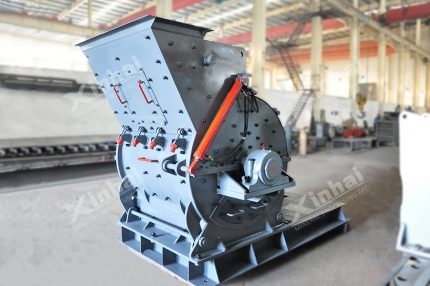

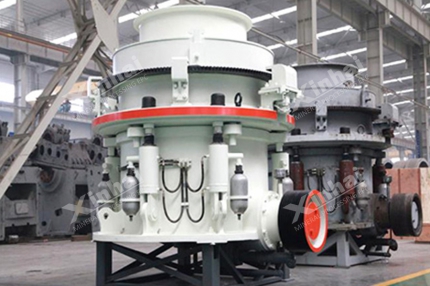




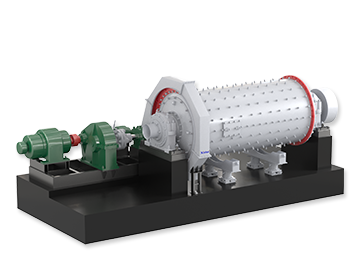
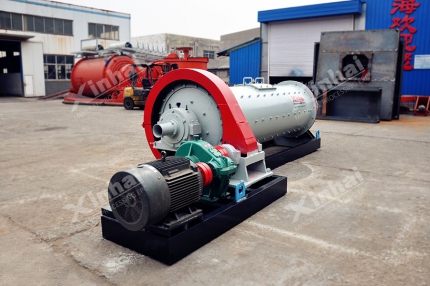







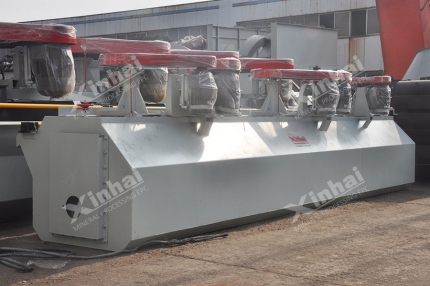
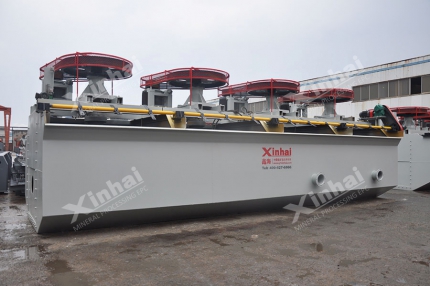
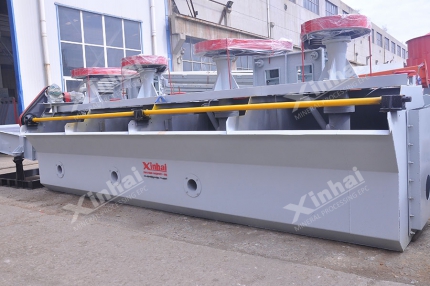

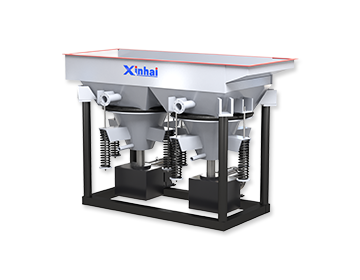
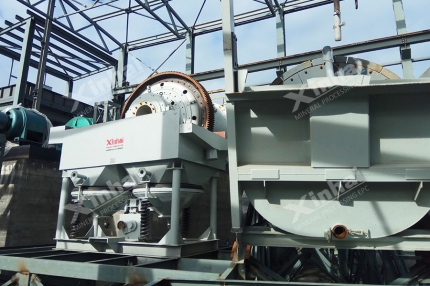
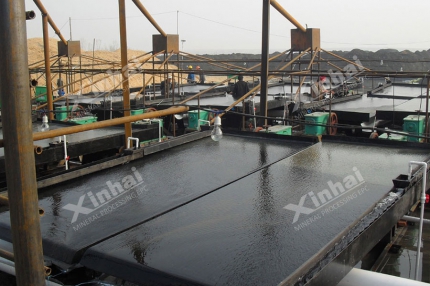


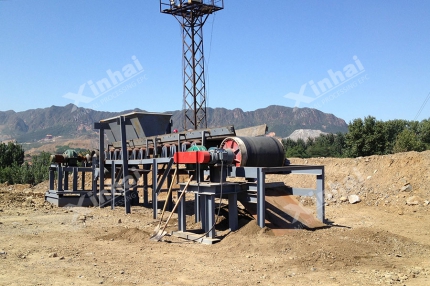











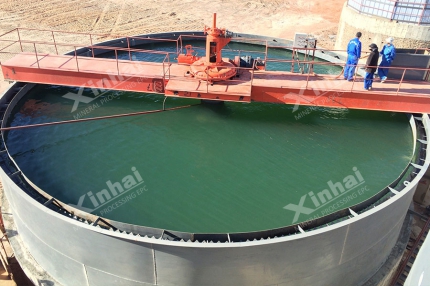











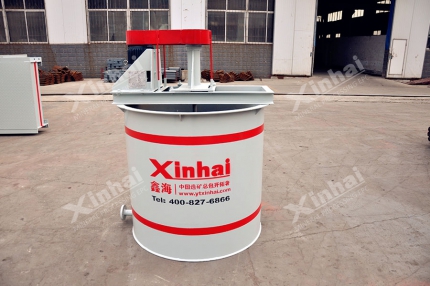






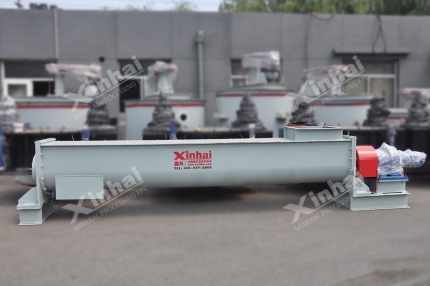



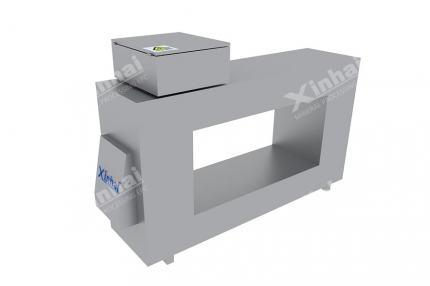
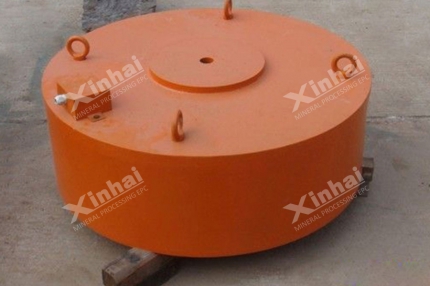


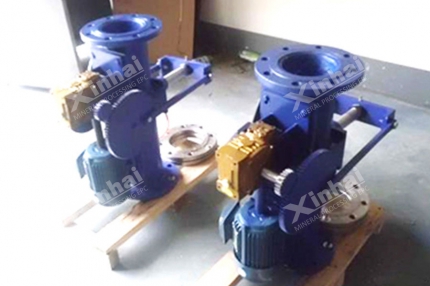
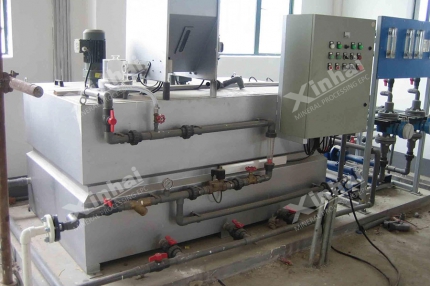


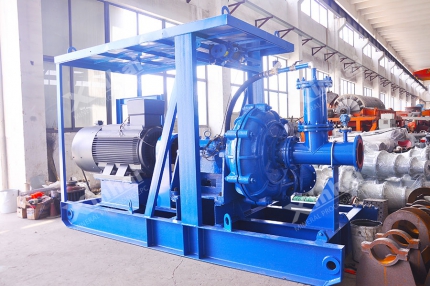
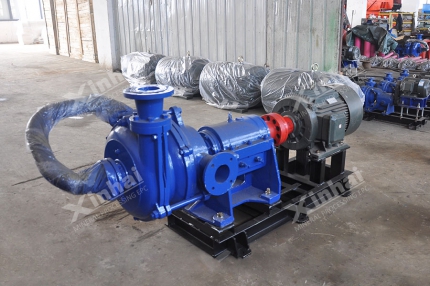


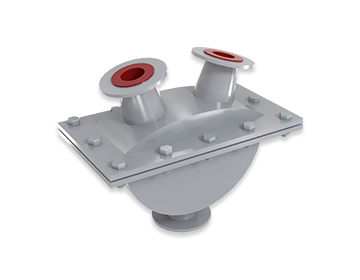
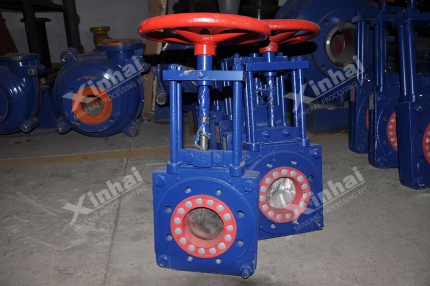











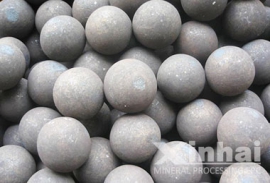


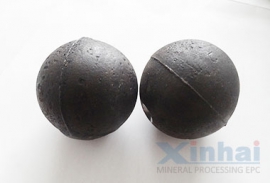


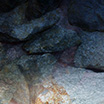



 CHAT
CHAT MESSAGE
MESSAGE







